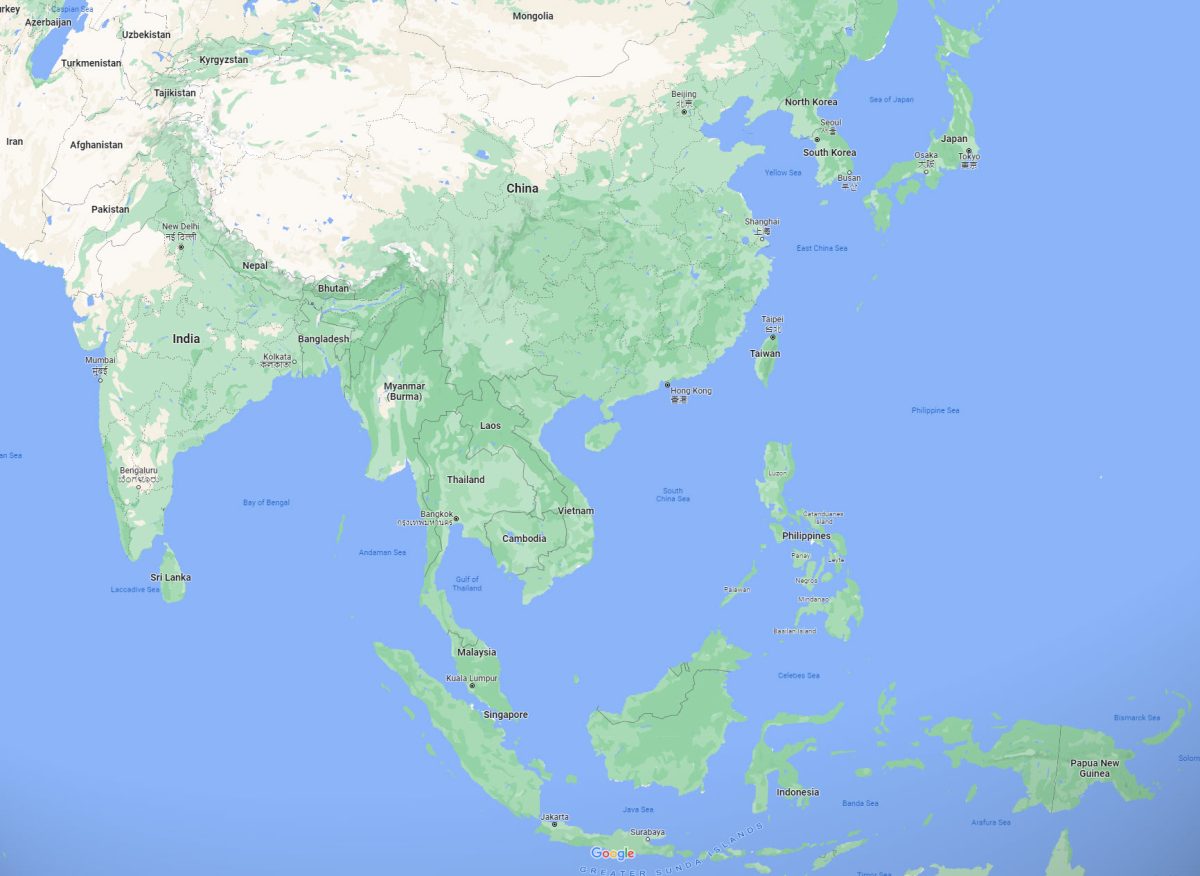The zero-emission development pathway curbs climate change, creates new economic opportunities and improves the health of human and natural systems.
Through this pathway, local and regional governments reduce environmentally harmful pollutants and greenhouse gas emissions from heating, cooling, lighting and food systems, and reduce noise. They reduce greenhouse gas emissions in all activities, especially in transport, waste and buildings. They aim for carbon neutral infrastructure and operations by mid-century, and usher in a renewable energy era, by committing to 100 percent renewable energy, divesting from fossil fuels and using nature-based solutions. They promote sustainable passenger and freight mobility, prioritize clean fuel policies and electric vehicles from renewable energy, and give priority to people-centered mobility solutions.

Our Approach
Sustainable urban development is the key to a more sustainable world.
Our pathways, our approach
ICLEI engages at the local to global levels, shaping policy and sparking action to transform urban environments worldwide. We build connections across levels of government, sectors and stakeholder groups, sparking city-to-city, city-to-region, local-to-global and local-to-national connections. By linking subnational, national and global actors, policies, commitments and initiatives, ICLEI strengthens action at all levels, in support of sustainable urban development.
At the subnational level, ICLEI drives change along five interconnected pathways that cut across sectors and jurisdictional boundaries. This design enables local and regional governments to develop solutions in a holistic and integrated way, creating change across entire urban systems.
These pathways, outlined below, are part of the ICLEI Malmö Commitment and Strategic Vision 2021-2027, which guides the work of the ICLEI network. The pathways were originally released as part of the ICLEI Montréal Commitment and Strategic Vision 2018-2024.
How the pathways work
Cities are complex systems. The components of urban systems, from food distribution networks and energy grids to transport and greenways, are interconnected and dynamic. Intervening to create change in any one of these components may impact others, creating systemic change. Designing solutions that take these interconnections into account is critical to sustainable development.
The five ICLEI pathways towards low emission, nature-based, equitable, resilient and circular development are designed to create systemic change.
The pathways provide a framework for designing integrated solutions that balance the patterns of human life and the built and natural environments. They encourage holistic thinking to ensure that ICLEI, as a network of local and regional governments and global experts, optimizes our impact. For instance, we consider how nature-based development contributes to resilience, or how to bring equity into low emission development. When these pathways guide local and regional development, urban systems becomes more sustainable.
Local and regional governments use these pathways as a guide for sustainable urban development through systemic change. Each individual pathway is multidimensional, incorporating numerous strategies for sustainable development. As part of the low emission pathway, for example, we look at anything from transport and buildings to energy.
We design our work to integrate as many pathways as possible. When more pathways are integrated into any given activity, such as a project, partnership or initiative, a greater degree of change can occur.
Often, our activities are guided by a predominant pathway or set of pathways. In any given city or region, multiple activities may be implemented along each pathway. These activities help local and regional governments advance sustainable urban development.
The five pathways
The nature-based development pathway protects and enhances biodiversity and urban ecosystems, which underpin key aspects of local economies and the well-being and resilience of our communities.
Through this pathway, local and regional governments prioritize healthy local environments, in which air, water, soil and all natural resources that sustain life and health are protected and nurtured. They deploy strategies and plans that unlock the potential for nature to provide essential services and new economic opportunities. They apply nature-based solutions, use blue and green infrastructure and promote green zones.
The circular development pathway and new models of production and consumption build sustainable societies that use recyclable, sharable and replenishing resources to end the linear model of produce, consume, discard.
Through this pathway, local and regional governments decouple urban and economic development from resource consumption and factor environmental and social costs into the price of goods and services. They encourage equitable access to resources and create closed-loop urban and peri-urban systems. They support new local economies that are productive and not extractive, where resources are exchanged and not wasted. Local and regional governments prioritize sustainable waste management and work with the business sector from early-market engagement to the delivery of solutions that support local sustainability goals and that meet the needs of all citizens. They use procurement power to green economies.
The resilient development pathway anticipates, prevents, absorbs and recovers from shocks and stresses, especially those brought about by rapid environmental technological, social and demographic change.
Through this pathway, local and regional governments make resilience a core part of municipal strategies and prepare for new risks and impacts, taking into account the rights and needs of vulnerable sections of society. They continuously strengthen essential systems, alleviating the burden on people and the environment. They pursue a transparent and inclusive approach that will enhance trust in institutions and the processes that support them.
Equitable and people-centered development builds more just, livable and inclusive urban communities and addresses poverty.
Through this pathway, local and regional governments pursue processes and patterns that support inclusive development for all and that safeguard the natural support systems for human life. They ensure that the natural and built environment in and around cities improves livability and safety, promotes human health and mitigates disease. They pursue secure and safe access to food, water, energy and sanitation for all, and clean air and soil. They create and sustain human-centered, safe, socially and culturally cohesive communities, where diversity and distinct identities are woven into the social fabric.
Join our efforts to build a sustainable urban future
Become part of our global network advancing along these five interconnected pathways.
JOIN NOW
